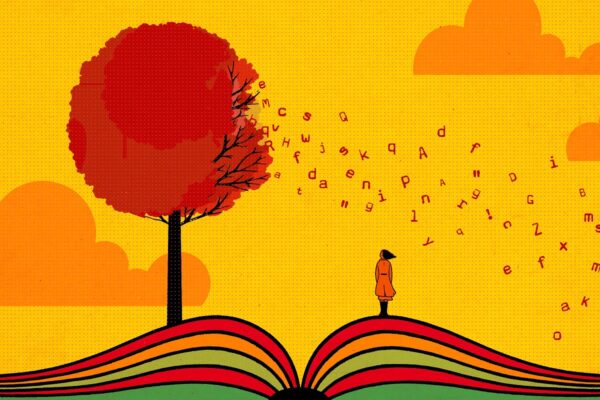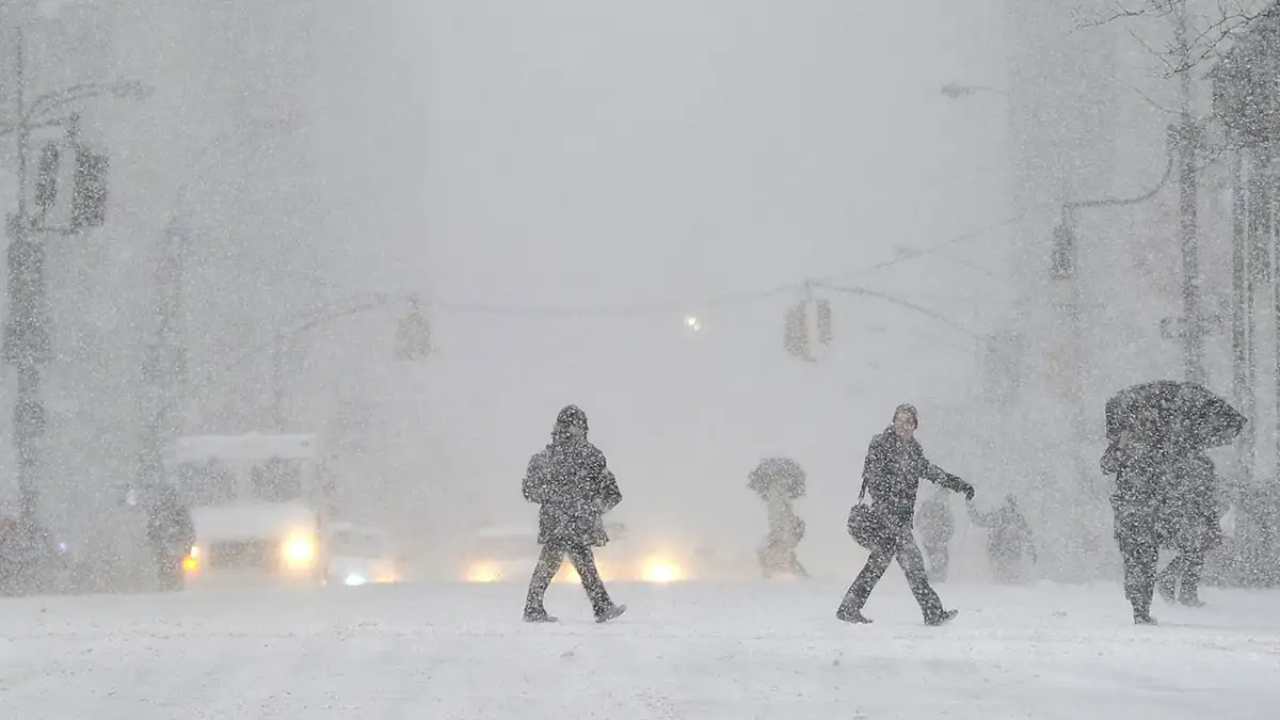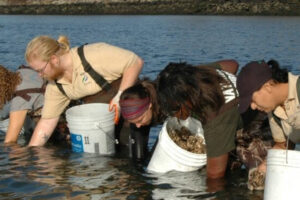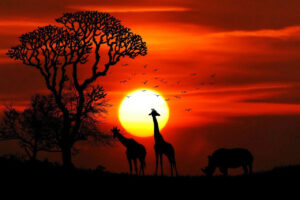Global warming and climate change are among the most significant challenges facing the world today. One of the most notable impacts of these changes is the warming of the Arctic region. Despite its remote location, the Arctic is a critical region, and any changes in this region can have significant impacts on the global climate. In recent years, scientists have observed that Arctic warming is associated with colder winters in some regions of the world. This article examines why Arctic warming is linked to colder winters.
Introduction
The Arctic is warming faster than any other region on the planet. Arctic sea ice has been shrinking at an alarming rate, and the Greenland ice sheet is melting at an unprecedented pace. These changes have significant consequences for the global climate system, and one of the most significant impacts is the link between Arctic warming and colder winters in some regions of the world. This article explores the science behind this link and its implications.
What is Arctic Warming?
Arctic warming refers to the phenomenon of the Arctic region’s temperature rising at a faster rate than the rest of the planet. This warming has been observed since the 1970s and has accelerated in recent years. The Arctic region is warming at least twice as fast as the global average. This warming has significant consequences, including melting of Arctic sea ice, thawing of permafrost, and changing weather patterns.
What Causes Arctic Warming?
The primary cause of Arctic warming is the increase in greenhouse gases, such as carbon dioxide, in the atmosphere. These gases trap heat from the sun, leading to a rise in temperature. The Arctic is particularly vulnerable to this warming because of the ice-albedo feedback loop. As the ice melts, less sunlight is reflected back into space, leading to further warming.
How does Arctic Warming lead to Colder Winters?
The link between Arctic warming and colder winters is complex, but it is primarily due to two mechanisms: the Arctic Oscillation and the Polar Vortex.
The Arctic Oscillation
The Arctic Oscillation is a natural phenomenon that affects the wind patterns in the Northern Hemisphere. It is a cycle that oscillates between a negative phase and a positive phase. During the negative phase, the winds around the Arctic are weaker, and the cold air tends to stay closer to the pole. However, during the positive phase, the winds around the Arctic are stronger, and the cold air is pushed further south.
The Polar Vortex
The Polar Vortex is a large area of low pressure and cold air that surrounds the poles. During the winter months, the vortex is strongest, and the cold air is confined to the polar regions. However, when the Arctic warms, the temperature difference between the poles and the equator decreases. This weakening of the temperature gradient can cause the vortex to weaken, allowing cold air to escape and move southwards.
Impacts of Colder Winters
Colder winters can have significant impacts on various aspects of life, including human activities, agriculture, biodiversity, and the economy.
Impacts on Human Activities
Colder winters can cause disruptions to human activities, such as transportation, energy production, and heating. In extreme cases, colder winters can lead to power outages and infrastructure damage.
Impacts on Agriculture
Colder winters can have a significant impact on agriculture, as lower temperatures can damage crops and reduce yields. Frost damage, for example, can kill crops and delay planting. Additionally, colder winters can also affect the timing of planting and harvesting, leading to reduced productivity and higher costs for farmers.
Impacts on Biodiversity
Colder winters can also have a significant impact on biodiversity, particularly for species that are not adapted to cold temperatures. For example, birds that migrate south during the winter may struggle to find food and shelter if their habitats are covered in snow and ice. Additionally, cold temperatures can also impact the survival and reproductive success of other animals, such as fish and amphibians.
Impacts on the Economy
Colder winters can also have significant economic impacts, particularly in industries that rely on predictable weather patterns. The transportation industry, for example, may face disruptions and higher costs due to snow and ice. Additionally, the energy industry may face higher demand for heating, leading to higher costs for consumers.
Mitigation Measures
To address the link between Arctic warming and colder winters, it is essential to reduce greenhouse gas emissions. This can be achieved through various measures, such as transitioning to renewable energy, improving energy efficiency, and implementing policies to reduce emissions from transportation and industry. Additionally, adaptation measures, such as improving infrastructure and increasing the resilience of communities, can also help to mitigate the impacts of colder winters.
Conclusion
In conclusion, Arctic warming is a significant challenge facing the world today, with significant consequences for the global climate system. The link between Arctic warming and colder winters is complex, but it is primarily due to the Arctic Oscillation and the Polar Vortex. Colder winters can have significant impacts on various aspects of life, including human activities, agriculture, biodiversity, and the economy. To address this issue, it is crucial to reduce greenhouse gas emissions and implement measures to adapt to the changing climate.








